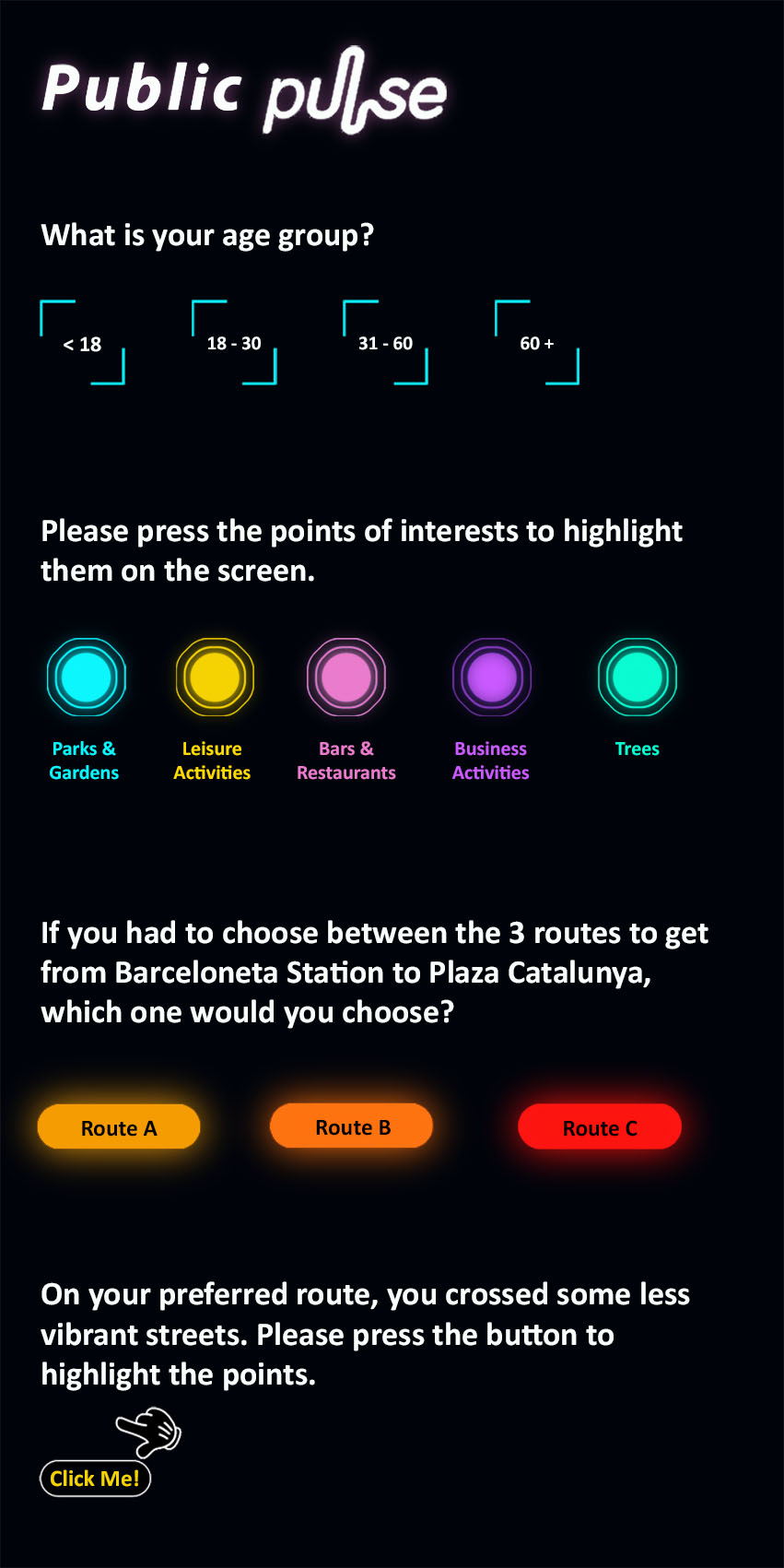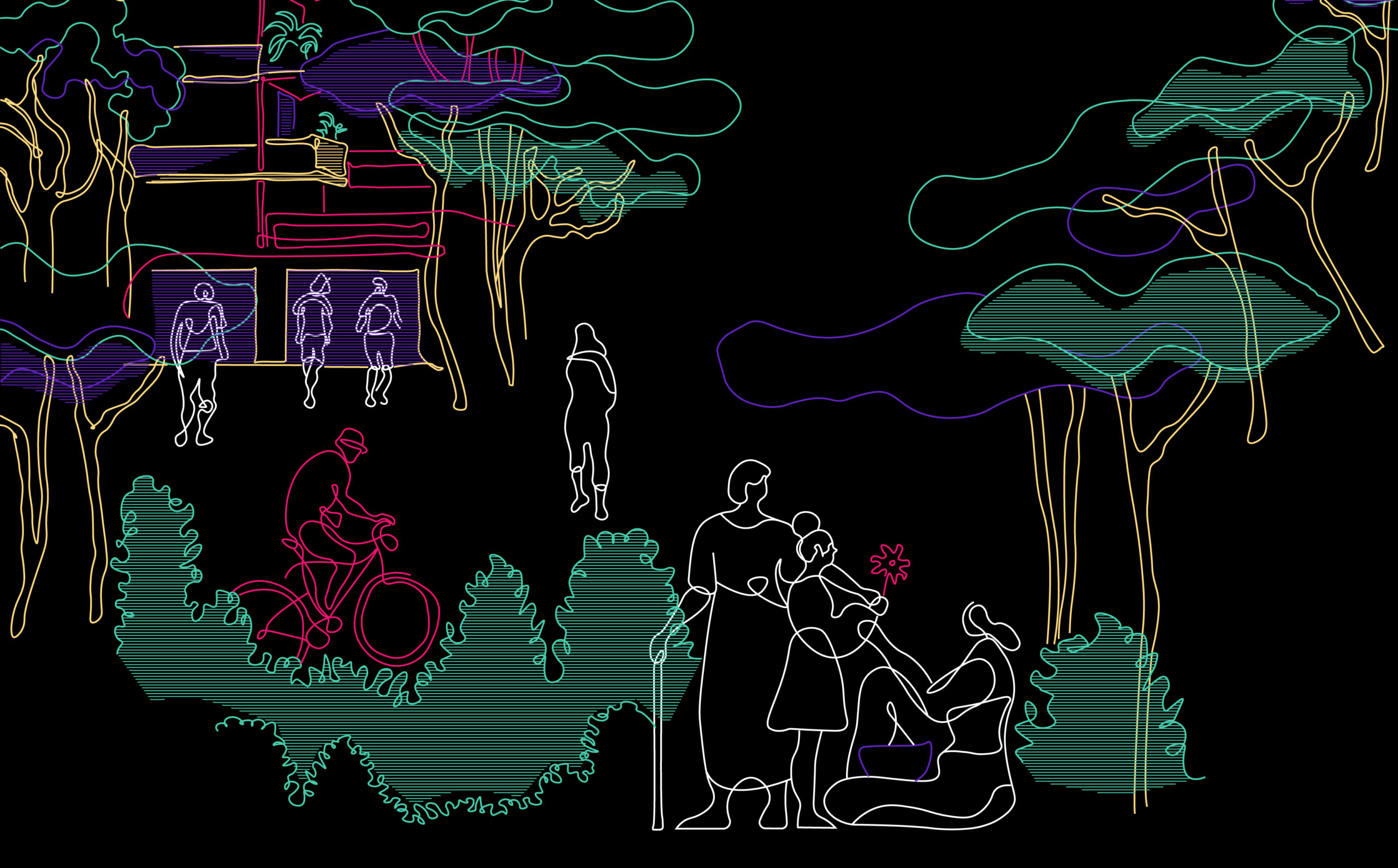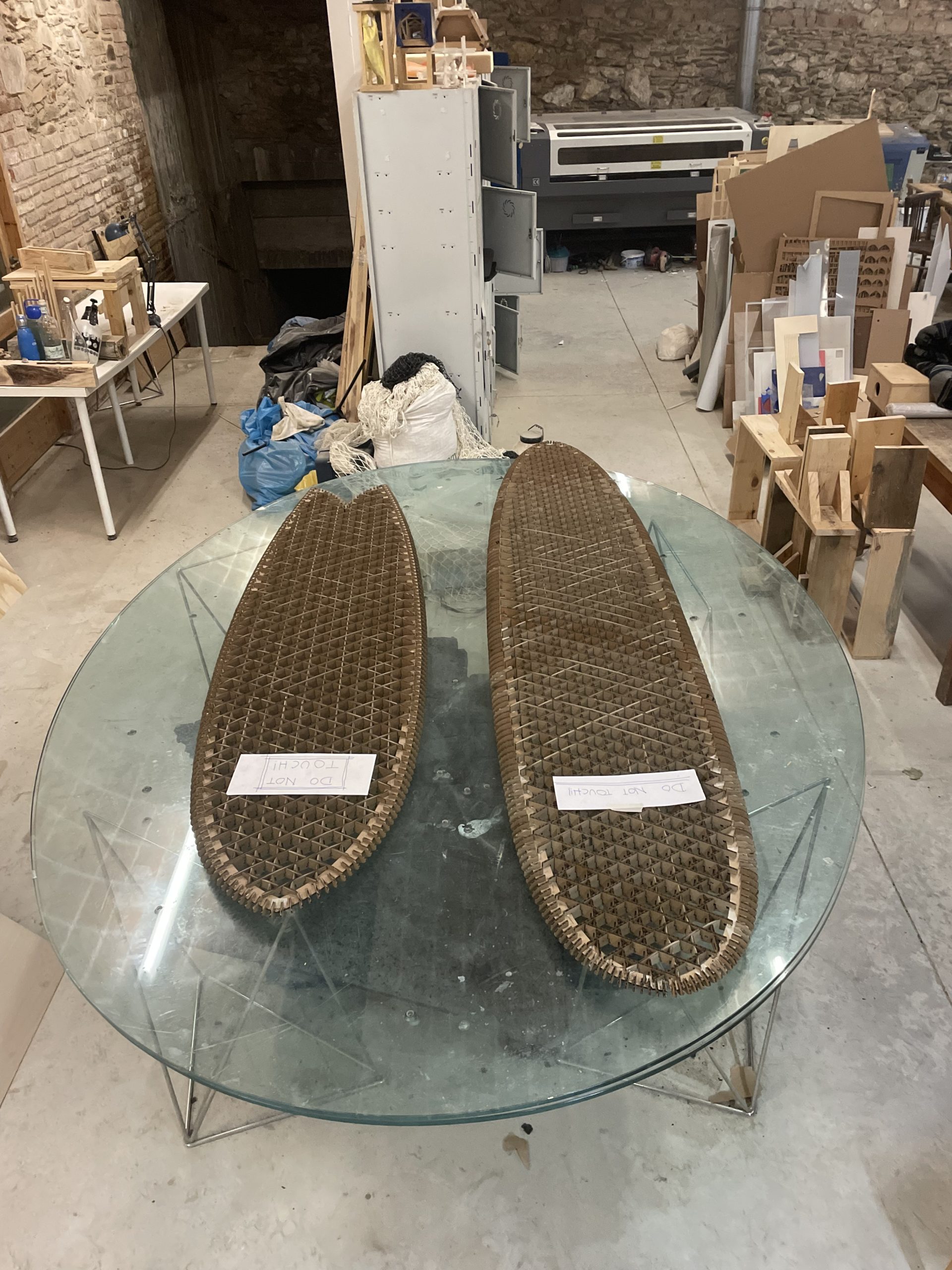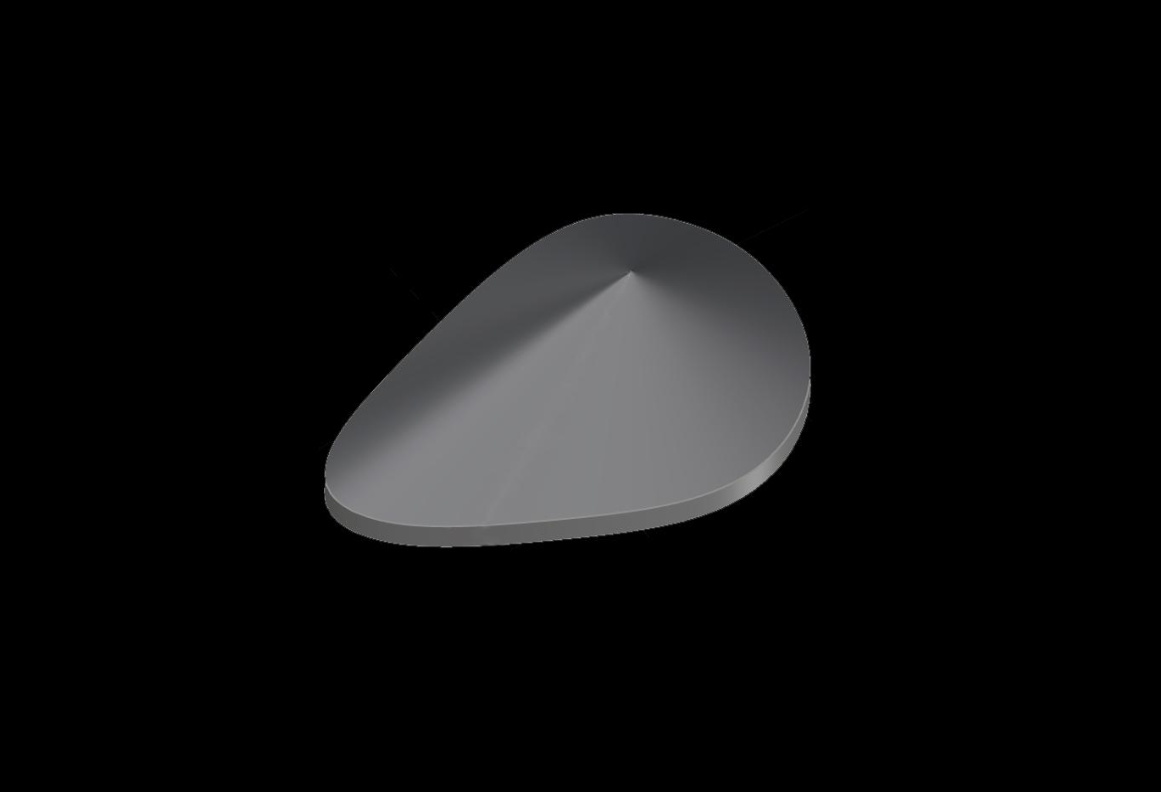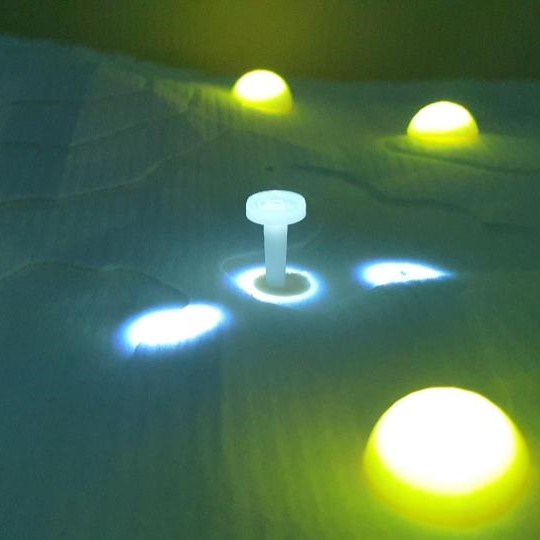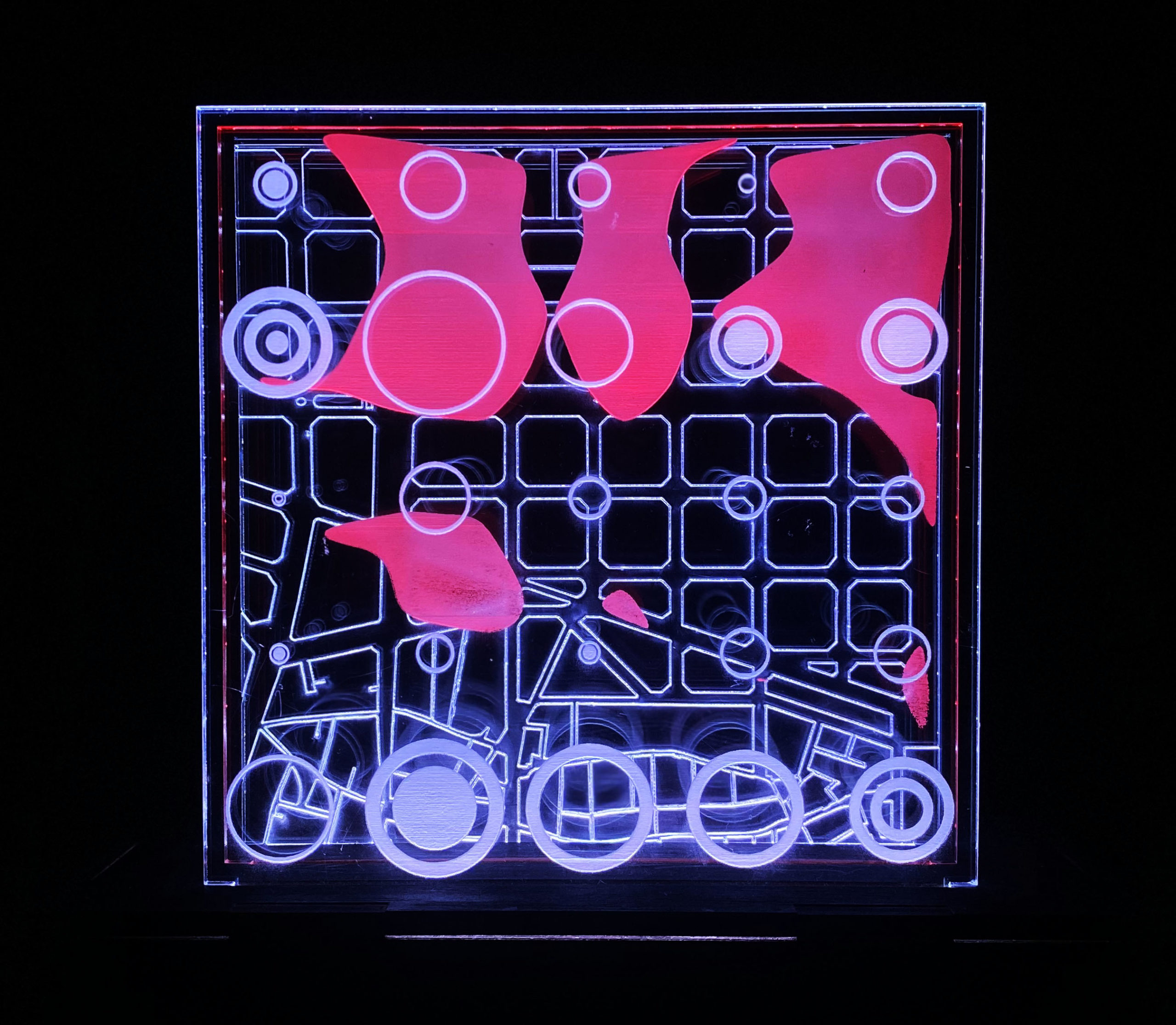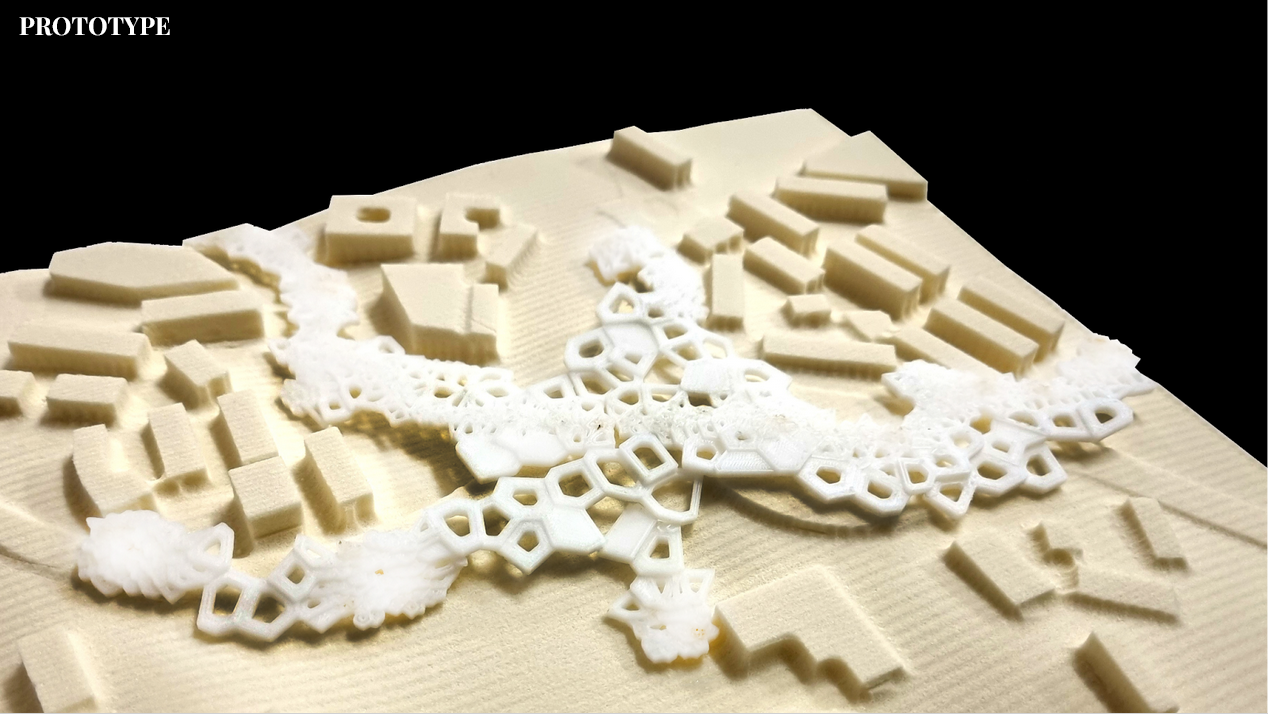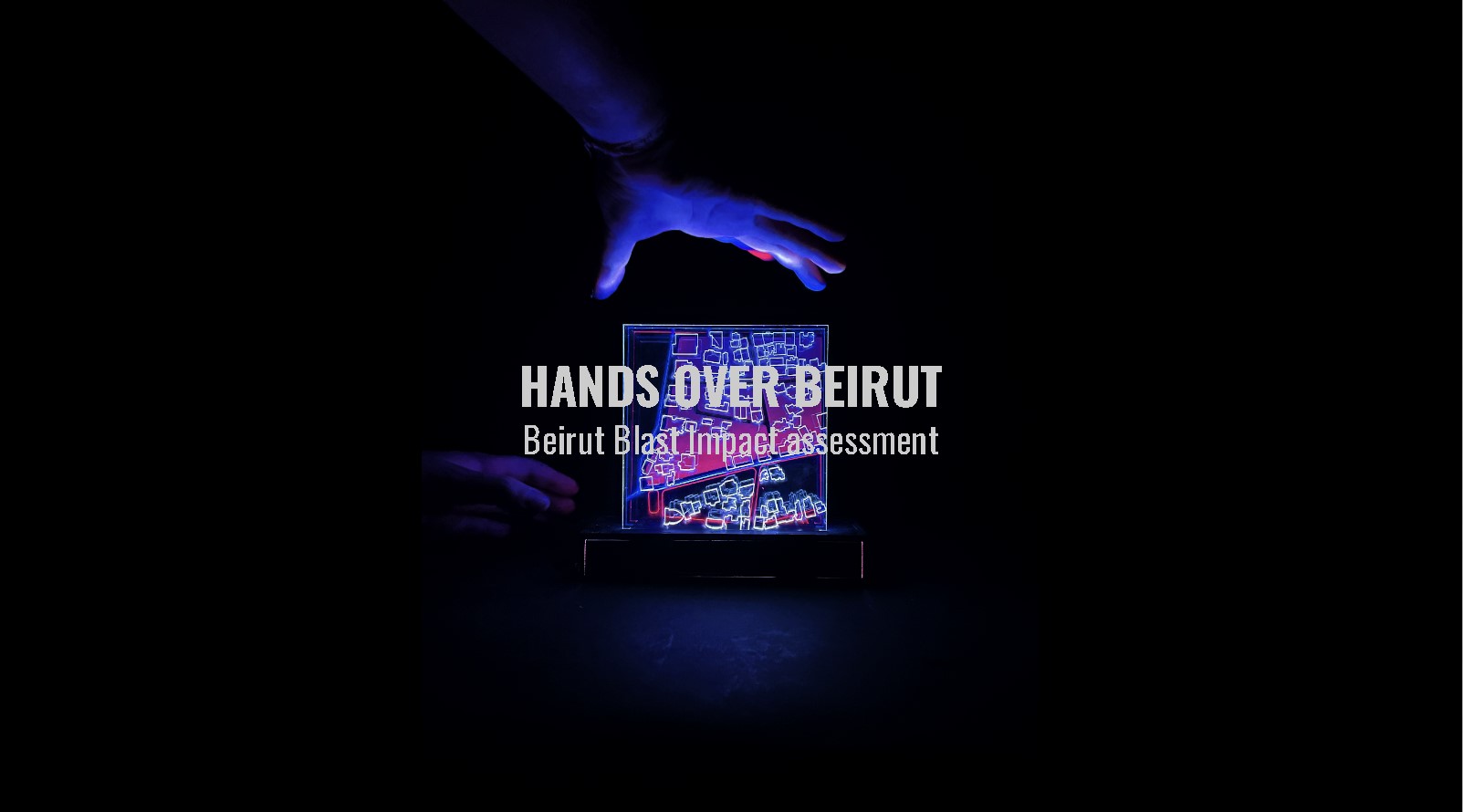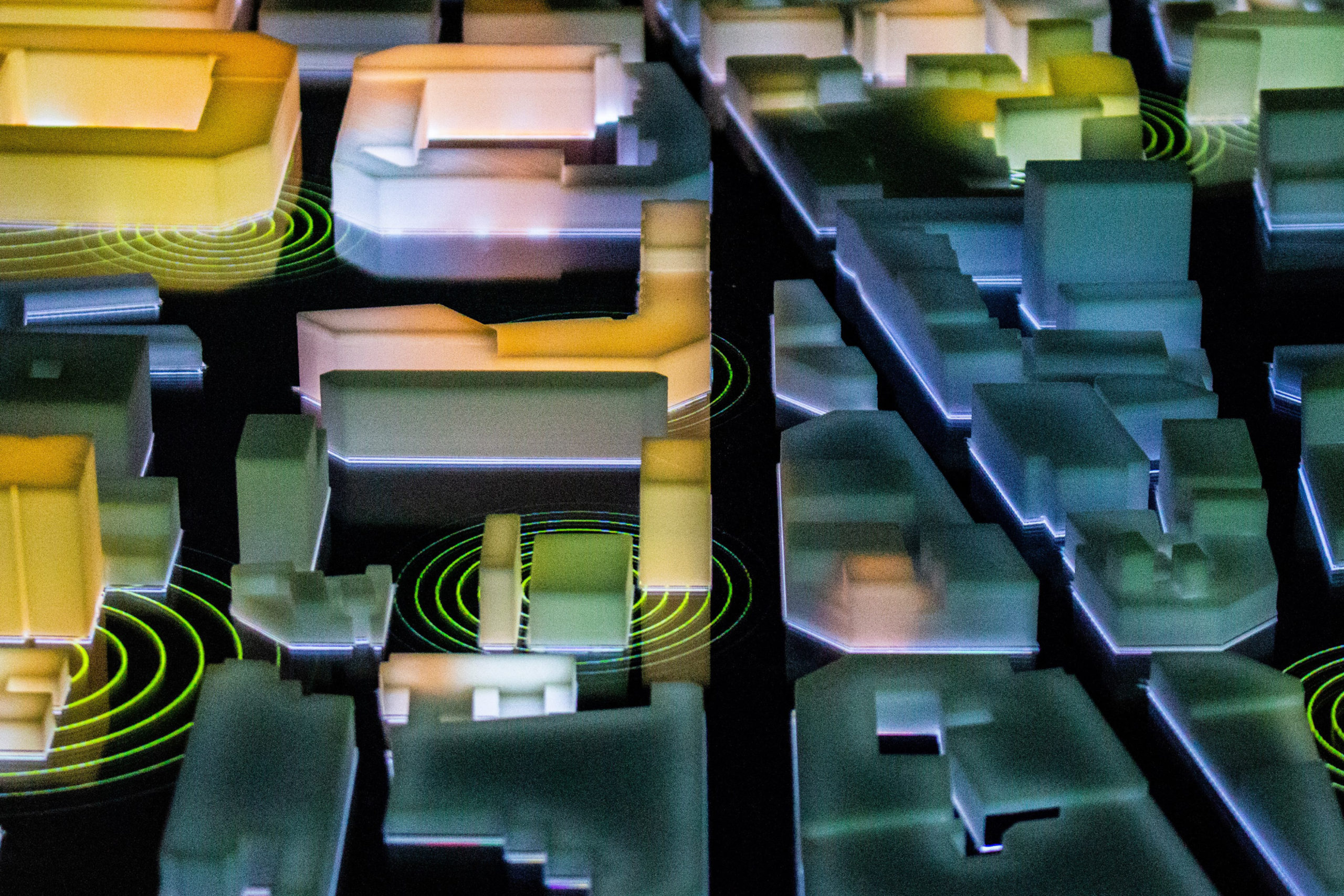
Credits: MaCT 2018/19 students
Making the intangible tangible is essential for communicating and representing a project. Digital Fabrication has enabled the leap from industrial manufacturing, which is hard to access, to affordable and accessible personal fabrication to allow for rapid prototyping in the development of projects.
The accessibility to rapid prototyping is the opportunity to transmit information in an engaging way. At first, the relation between design and digital fabrication has been focused on the production of non-standard parts / components and on the speculation of forms as an end itself. Instead we will focus on shapes and machines as a mean to develop performance based design with efficient fabrication methods.
Digital Fabrication techniques through the relation between computer data and machine oriented fabrication, can translate concepts in the most diverse and creative ways. With the use of a wide range of materials and processes, it is possible to create objects rich in details that are the physical and accurate representation of digital design. To be communicative, design will be responsive, interactive and equipped with connectivity, following those steps: integration of electronics in the design, programming electronics, mechanical outputs and interaction between your projects and their environment.




